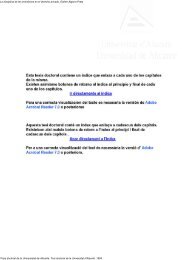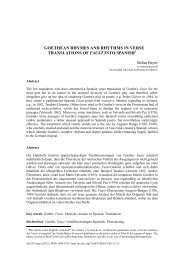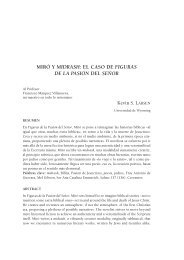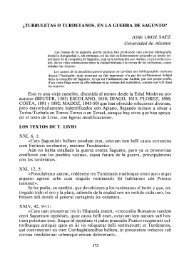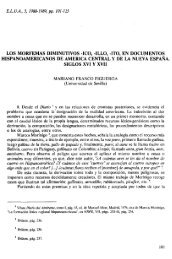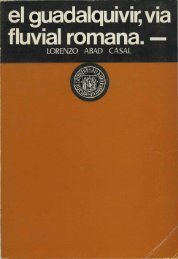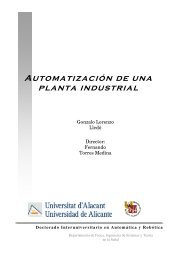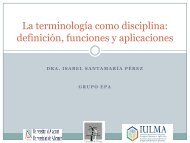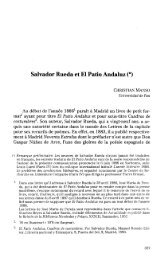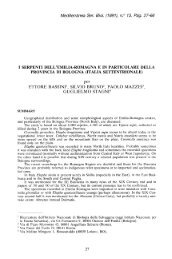ecological effects of marine protected areas empafish project ...
ecological effects of marine protected areas empafish project ...
ecological effects of marine protected areas empafish project ...
Create successful ePaper yourself
Turn your PDF publications into a flip-book with our unique Google optimized e-Paper software.
EMPAFISH Booklet no. 1 Ecological <strong>effects</strong> <strong>of</strong> Atlanto-Mediterranean MPAs in the EU<br />
summer, in both partial (where diving is allowed) and integral reserve <strong>areas</strong>,<br />
using permanent transect approach. Specially, the white gorgonian Eunicella<br />
singularis is being monitored in terms <strong>of</strong> density and morphometric<br />
descriptors.<br />
Together with the survey <strong>of</strong> diver a survey <strong>of</strong> area surrounding the<br />
recreational free-diving walk is also monitored from year to year (Métivier<br />
1996; Montagné 2000; Planque 2001). Finally, the activity <strong>of</strong> recreational<br />
fishing, partly permitted in the MPA is also surveyed (Démaret 2002).<br />
All these surveys started in 2004 and are now under process and some results<br />
should come out on better management issues.<br />
� Indirect <strong>effects</strong><br />
Studies on the changing <strong>effects</strong> <strong>of</strong> Sarpa salpa on Posidonia oceanica beds are<br />
presently being conducted (Ferrari, unpublished data). First results are<br />
demonstrating that by protecting herbivory fish the MPA result in higher<br />
grazing on Posidonia, and the seagrass is reacting by developing larger<br />
underground structure to be able to produce more roots per individuals.<br />
Similar studies are in progress with sea-urchin as well.<br />
49



